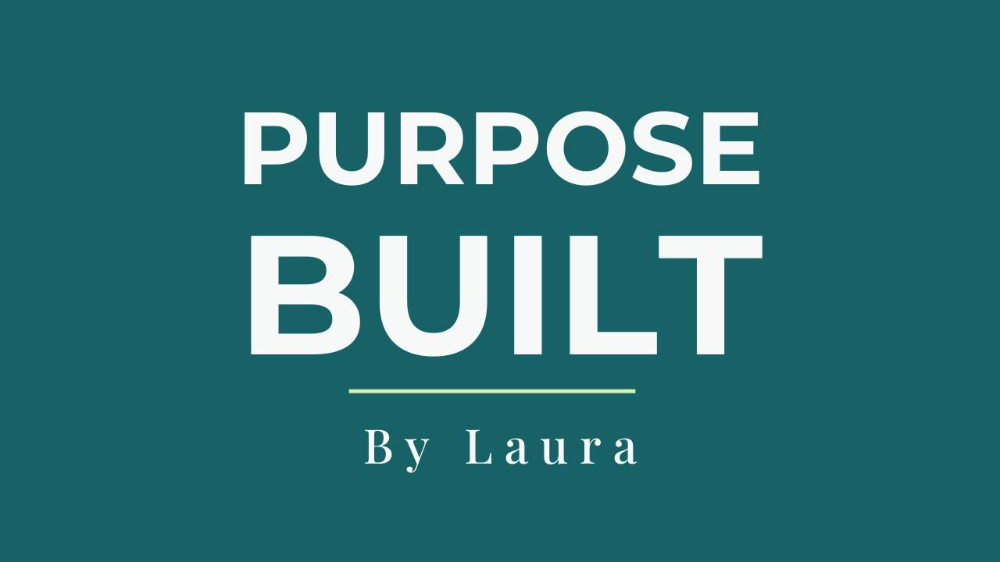Start With What Matters: Rethinking Business Models
When most people think of business models or business plans, they think numbers. Profit margin, revenue, pricing. And many new small business owners think, “Not yet.” It sounds annoying and unnecessary at best, overwhelming at worst.
There’s a reason for that: the word “model” is often associated with financial modeling or forecasting—not the strategic, creative, or human side of running a business. As spreadsheets and Excel became ubiquitous, it became simpler for laypeople to model a business based on assumptions before it even launched. MBA programs teach the importance of P&L (profit and loss) statements and unit economics (profitability on a per-unit basis), which gets reinforced by investors and venture capitalists focused on an acronym soup of CACs, LTVs, TAMs, SAMs, and SOMs.*
Yes—your numbers matter. Understanding your financials is essential. But a business model is so much more than that. In many traditional contexts, a “good” business model is one that looks scalable and profitable on paper. But that definition misses something crucial: purpose. Purpose for your business, and purpose for you.
What a Business Model Actually Is
At its core, a business model outlines how you make money by creating and delivering value. It’s not just about the numbers. It’s about your offer, your customers, your pricing, your delivery, and how all those pieces fit together to sustain your business.
There are lots of different ways to define or structure a business model, and people use the term in different ways depending on their context. Here are some business model categories we all can recognize:
-
Product-based – Selling physical products directly to consumers.
Examples: Apple, Nike. -
Service-based – Charging for time, expertise, or results.
Examples: Consultants, coaches, therapists. -
Subscription-based – Monthly or annual fees for ongoing access to products or services.
Examples: Netflix, Adobe Creative Cloud, Patreon. -
Marketplace – Connecting buyers and sellers and taking a cut.
Examples: Etsy, Airbnb, Upwork. -
Freemium – Offering a basic product for free and charging for premium features.
Examples: Canva, Dropbox.
So what is a purpose-driven business model?
A purpose-driven business model means that the way you earn money is directly connected to a mission you care about. You make money by solving a meaningful problem or contributing to a bigger cause—doing good and doing it well at the same time.
Purpose and profit aren’t at odds in this model—they’re integrated. The purpose is baked into the business itself, not an add-on or an afterthought.
Purpose-Driven Business Models
Here are some common business models, reimagined through a purpose-first perspective:
- Product-Based: Ethically sourced, locally made, recyclable or regenerative materials. Built for longevity, not disposability.
-
- Armed Angels – Sustainable fashion with transparent sourcing.
- Nudie Jeans – Organic denim, repair services included.
- Cotopaxi – Outdoor gear company that approaches sustainability holistically.
- Service-Based: Services built to empower others, support aligned missions, or make care more accessible.
- Coaches who offer sliding scale pricing to support access.
- Therapists who commit to pro-bono clients or social impact orgs.
- Consultants who serve underrepresented communities or social enterprises.
- Freemium: Providing free basic services to communities with limited access, while offering paid options to those who can afford it.
- Headspace for Educators – Free mindfulness tools for teachers.
- Notion – Free for individuals and students, paid for businesses.
- Marketplace: Centering ethical, small-scale producers or overlooked communities. Transparency and trust are built into the platform.
- Uncommon Goods – Curated ethical goods from around the world.
- Shop Like You Give A Damn – A marketplace for socially responsible brands
- Thrive Market – Membership-based access to healthy, sustainable groceries at lower cost.
So how do you choose the right model?
I believe the right business model is the one that supports the life you actually want to live. That’s where it starts, and why my programs always start with defining or revisiting your personal purpose, 10-year vision and values. These foundational elements allow you to build a business you love, one that supports a life you love - not just something you do because you think people will pay for it.
Ready to explore this for your own current or future business?
Here are some ideas:
- Start journaling:
- What do I want my day-to-day to look like?
- How much do I want to earn—and how do I want to earn it?
- What energizes me, and what drains me?
- Who do I want to serve—and how do I want to help them?
- Do the 10-year vision exercise
- Join the Clarity & Confidence program that starts May 6
There’s no one-size-fits-all answer—but there is a process for discovering the model that works for you.
What does your business model look like? Let me know in the comments.
*Here is what all those acronyms mean: CAC =Customer Acquisition Cost; LV = Lifetime Value; TAM = Total Addressable Market; SAM = Serviceable Available Market; and SOM = Servicable Obtainable Market)





Responses